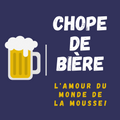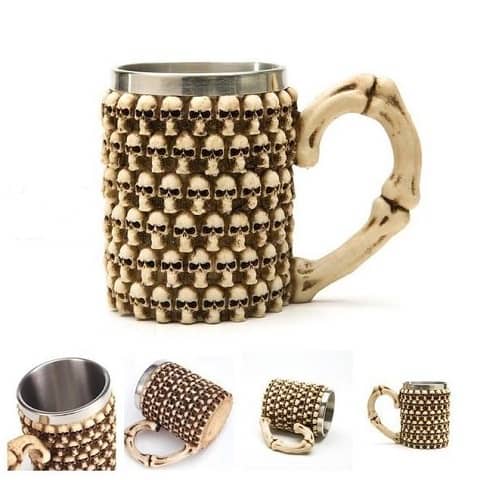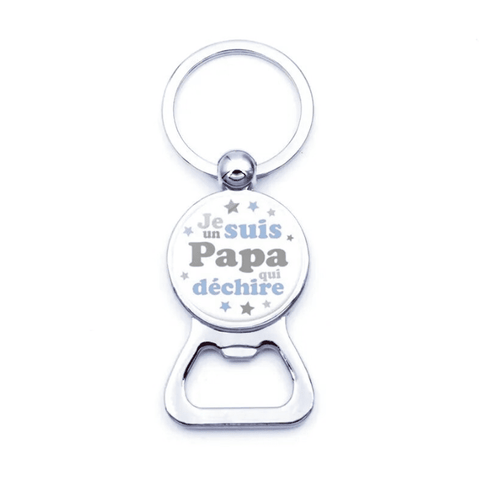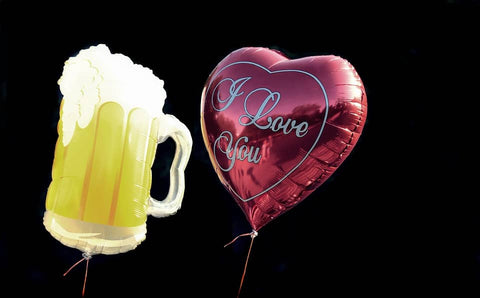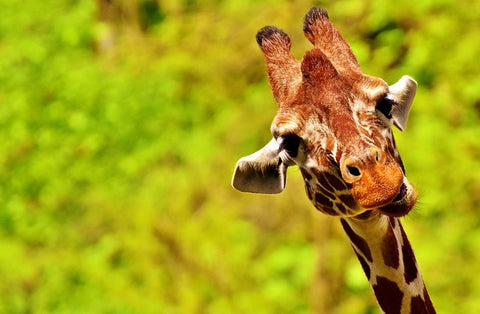
How is the Day of the Dead celebrated in Mexico?
of reading
Absolutely every culture has a day to commemorate the dead . However, while in our country it is a time of remembrance and mourning, the Day of the Dead in Mexico is one of the most spectacular and fun events in the country.
Originating in pre-Columbian times, this celebration has survived colonization and the country's Catholicism. It unified a fractured post-revolutionary Mexico. A festival of the dead where skeletons and skulls are highlighted. We were inspired by this when we developed our range of skull beer mugs .
Do you know why and how this Day of the Dead became popular? Actually, it's thanks to cinema! You can't have missed the fictional character James Bond. Several actors have played him, but the first , the most legendary, remains Sean Connery. In 1983's Never Say Never Again, he finds himself in the middle of the Day of the Dead in Mexico. Relatively confidential at the time, it became known in particular.
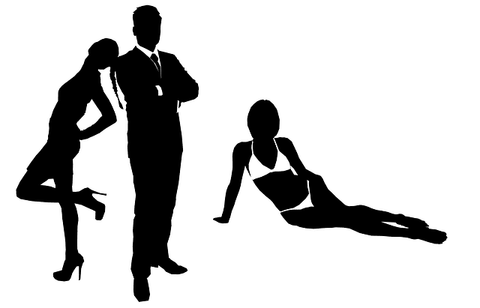
It subsequently became a mega-popular event, attracting hundreds of thousands of tourists to the country. Closer to home, and again thanks to James Bond (Daniel Craig this time), a whole scene from the film Spectre takes place during this festival. And this time, it's fiction that inspired reality! In fact, members of the Mexico City municipality found this scene so successful that they decided to remake it in their own Mexican Day of the Dead!
This time, I think we can say that things have come full circle. Who would have believed such a story?!
When and where does it happen?
The Day of the Dead is celebrated in Mexico , as well as El Salvador, Guatemala, Honduras, and Nicaragua at the beginning of November. It is celebrated on the first day of the month. This date is called "Angel's Day." It is a day to remember deceased children. The November 2nd holiday then continues in remembrance of all deceased parents. Each of these days therefore honors a different family generation during the Day of the Dead .

In the more Americanized northern regions of the country, celebrations begin on October 31, Halloween. At this time, it is accepted and considered good form to treat children with candy. The ritual is called "trick-or-treat." However, unlike Halloween , where the main emotion is fear of otherworldly forces, joy and fun reign during the Day of the Dead in Mexico .
The perception of these two holidays between the two cultures is diametrically opposed. Americans have fun and make fun of their fear of the afterlife. Latinos, on the other hand, celebrate their dead who continue to live after death , for one day. The costumes don't have the same purpose either. Okay, there are candies and sweets in both cases, but you get the gist of it.

In Mexico, the festival generally takes on a truly gigantic scale. The Day of the Dead is often accompanied by street festivities and parades. It is celebrated throughout the country, and each region has its own rituals. However, the most colorful events take place in the capital, Mexico City. Here, a huge carnival, the Katrina Parade, is held in the city streets.
How did the Day of the Dead holiday come about and why is it called that?
The tradition of remembering the dead in South America dates back to Native American culture . It appeared about 2,500–3,000 years ago. The local Mayan and Aztec tribes worshipped "death." To survive, they had to hunt and kill animals, which, according to their beliefs, meant that death gave them life.
The Aztecs and Mayans considered their deceased loved ones as guides between this world and the next. They buried them next to their homes and decorated their dwellings with skulls. There was also a festival in honor of the goddess Mictlanziuatl , guardian of the underworld . She was traditionally depicted as a woman with a skull for a face. This later gave rise to the main symbol of the Day of the Dead , a female skeleton named Katrina, dressed in a rich robe.

In the history of the Mexican Day of the Dead , it is surprising that the tradition has survived to this day, even despite the colonization of South America and the conversion of the natives to Catholicism. This is because the conquistadors arriving from Spain encouraged the commemoration of the dead in every possible way.
The only condition was that they not do it in August, as before, but in November, on the occasion of the Catholic Memorial Day. Thus, the Day of the Dead could be officially established, as long as it followed the Catholic calendar.
It is true that until the beginning of the twentieth century, the Day of the Dead was practically never celebrated in Mexico. Everything changed in the 1920s, after the Mexican Revolution. It was then necessary to somehow unite the fragmented country, create or revive national traditions, and perpetuate the memory of revolutionary heroes.
The government decided to make the Day of the Dead an official holiday and began to celebrate it in a lavish, colorful, and large-scale manner. Gradually, the festival became the Day of the Dead , one of the most popular events in the country, and began to attract hundreds of thousands of tourists.
Characteristics and traditions of the celebration of the Day of the Dead
Mexicans believe that after death, their relatives and friends pass on to the next world. The only time they can visit their family in our world is on November 2nd. Meeting the spirits of the deceased must be pleasant; after all, they have come a long way from the next world. So, it's time to have fun and celebrate! That's why we usually call it the Day of the Dead .
First of all, on the Day of the Dead in Mexico, it is customary to go to the cemetery to take care of the grave, decorate it with flowers and light candles. The whole family comes. Picnics, concerts and shows are organized there. That is why you can hear a lot of music and laughter in Mexican cemeteries on the Day of the Dead .

But a visit to a cemetery isn't the end of the holiday. On the contrary, it marks the beginning of the Day of the Dead , as the souls of the deceased also return to the homes where they once lived.
This is why Mexicans erect colorful altars here and there with flowers, candles, and photos of the dead. They are also often placed in business centers and other public places. The altars serve to provide water to quench the spirits after a long journey, and to place sweet bread and the deceased's favorite foods on them.
The altars are also decorated with garlands and paper flags "papel picado." All these festive decorations are part of the symbols of the Day of the Dead in Mexico .
In major cities, residents don brightly colored costumes and take to the streets. They add elaborate makeup, such as skull masks, to their faces. These performances are usually prepared throughout the year and are as colorful as the Venetian and Brazilian carnivals.
The most famous Day of the Dead procession takes place in Mexico City and is called the Catherine Parade. Catherine is the figure of a richly dressed woman with a skull-like head and is also the main symbol of the Day of the Dead festival .
Why is there such a fascination with skulls during the Day of the Dead?
Humans have long understood the anatomy of their own bodies, particularly their skeletons. In most cultures, the skull is associated with death. The reason is simple: it houses our brain, and for some, our soul.
It is our brain, among other things, that has allowed us to differentiate ourselves from animals. The extension of our brain is the mind that animates us. The skull, therefore, contains our mind.

What better symbol than the skull for the Day of the Dead , right? In ancient times, real skulls of the deceased were used, but nowadays, it's their representations. The Day of the Dead in Mexico is indeed known for its ultra-realistic facial makeup but also for its cakes bearing the image of skulls.
This use of skulls or skeletons is currently widely used for various purposes. Skulls terrify some and fascinate others, but leave no one indifferent.
Our site sells beer-related items, and we're no exception. If you're interested, here are several examples of items (among others) we sell that feature either skulls or skeletons (or both!):
This magnificent Viking Skull beer mug that you can admire
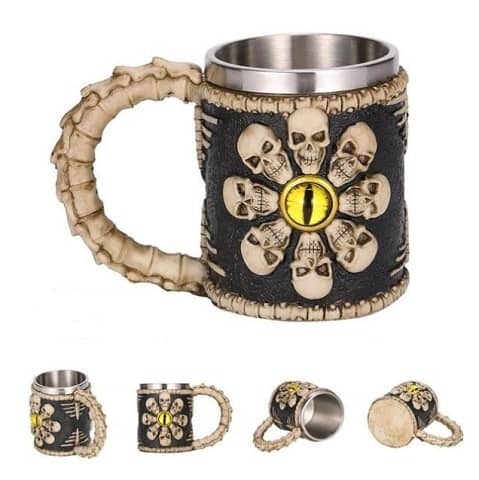
A beer mug with a demon eye and skulls around it!
And what do you think of this sublime beer glass?
If you're interested in the catacombs, this beer mug is waiting for you by clicking on its photo.
Open your bottles with the teeth of this wall-mounted bottle opener skull by picking it up here
A doormat with a skeleton toasting the good life that you can find here
As I said, this is just a small selection; we have many more! And if skulls and skeletons don't really excite you, don't worry! Most of my beer articles don't even mention them!
Writing these blog articles takes me a lot of time for research, writing, images, etc. You have noticed, there are no unwanted advertising banners for insurance, credits or other but suddenly it does not bring me any source of income.😢
If you had the patience to read my article to the end, know that you can benefit from a 20% discount on your entire order by entering the code BLOG20 in your basket.
I'm reserving this code for my most loyal readers who discovered our site through the articles I lovingly post! FYI, the code cannot be combined with other discount codes because you can't overdo it, eh! 20% off doesn't leave us much room to spare, but at least I'm rewarding my readers.
To encourage and support me, don't hesitate to buy something from us! 😊
For example, if you're looking for an original beer mug, you'll definitely find what you're looking for among our models; we have more than sixty! To see all of our models, simply click on this link: Original Beer Mugs.
To discover all of our products, click on this link: Chopedebiere .
If you would like to read one of my other articles, I suggest you see Where does Halloween come from?
To see all my other blog posts, click on Chopedebiere Blog.
